New England April Garden Checklist: What Flowers, Shrubs, Veggies & Herbs To Plant Now
Learn what crops and ornamentals to plant in April for a thriving garden in Connecticut, Maine, Massachusetts, New Hampshire, Rhode Island, or Vermont.
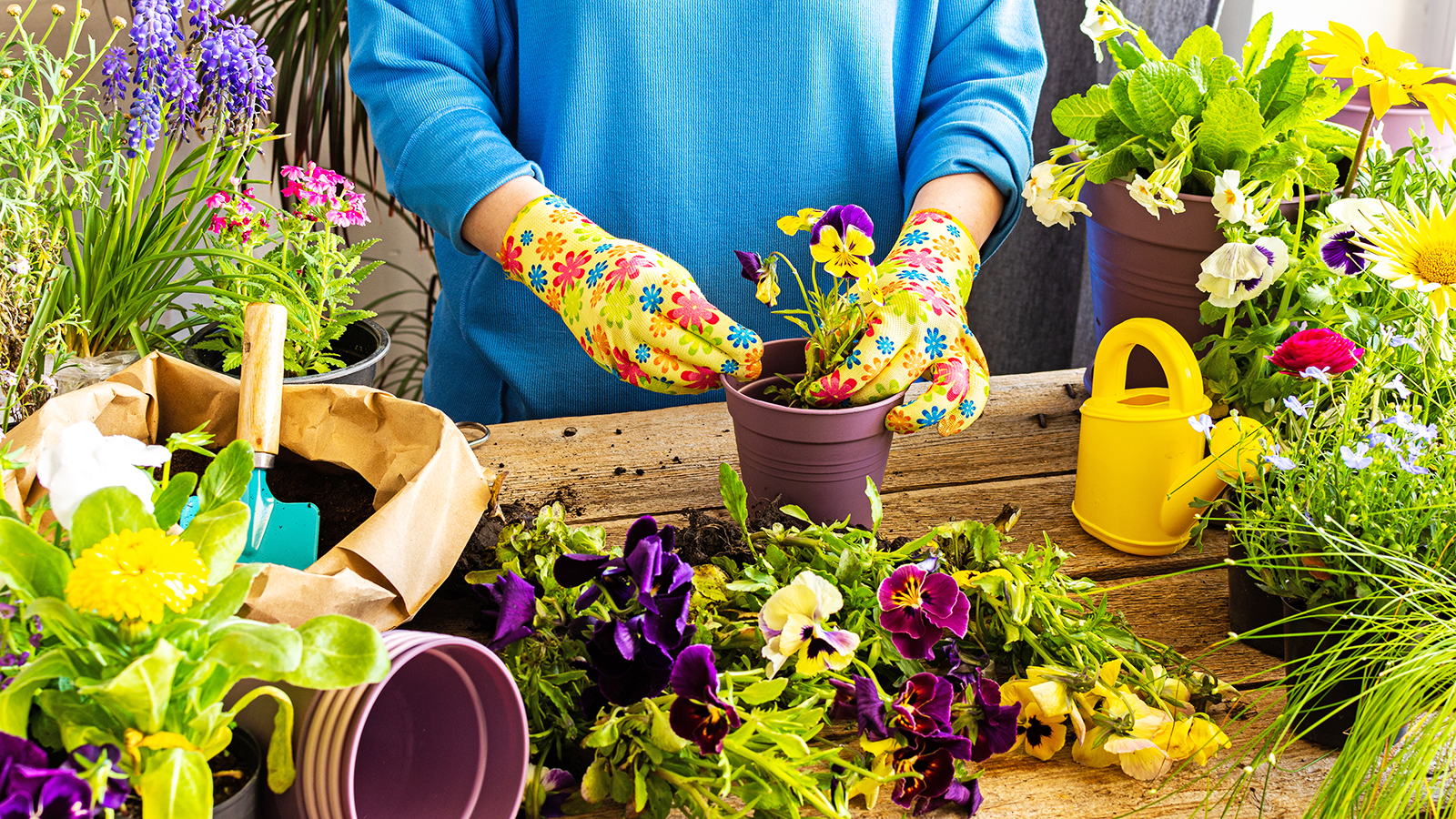

April is the unofficial beginning of the gardening season in New England. While the region’s famously unpredictable weather can still throw off a gardener’s best-laid plans this month, New Englanders are a determined lot and will get to work outside anyway.
That’s why it’s essential for gardeners to adjust their plans based on local conditions. We’ll explore how Northeastern gardens can make a successful start in April throughout New England, from the coast to the mountains, and provide some suggestions for soil preparation, which flowers and vegetables can safely be planted outside, and how to protect your plants from unexpected chill.
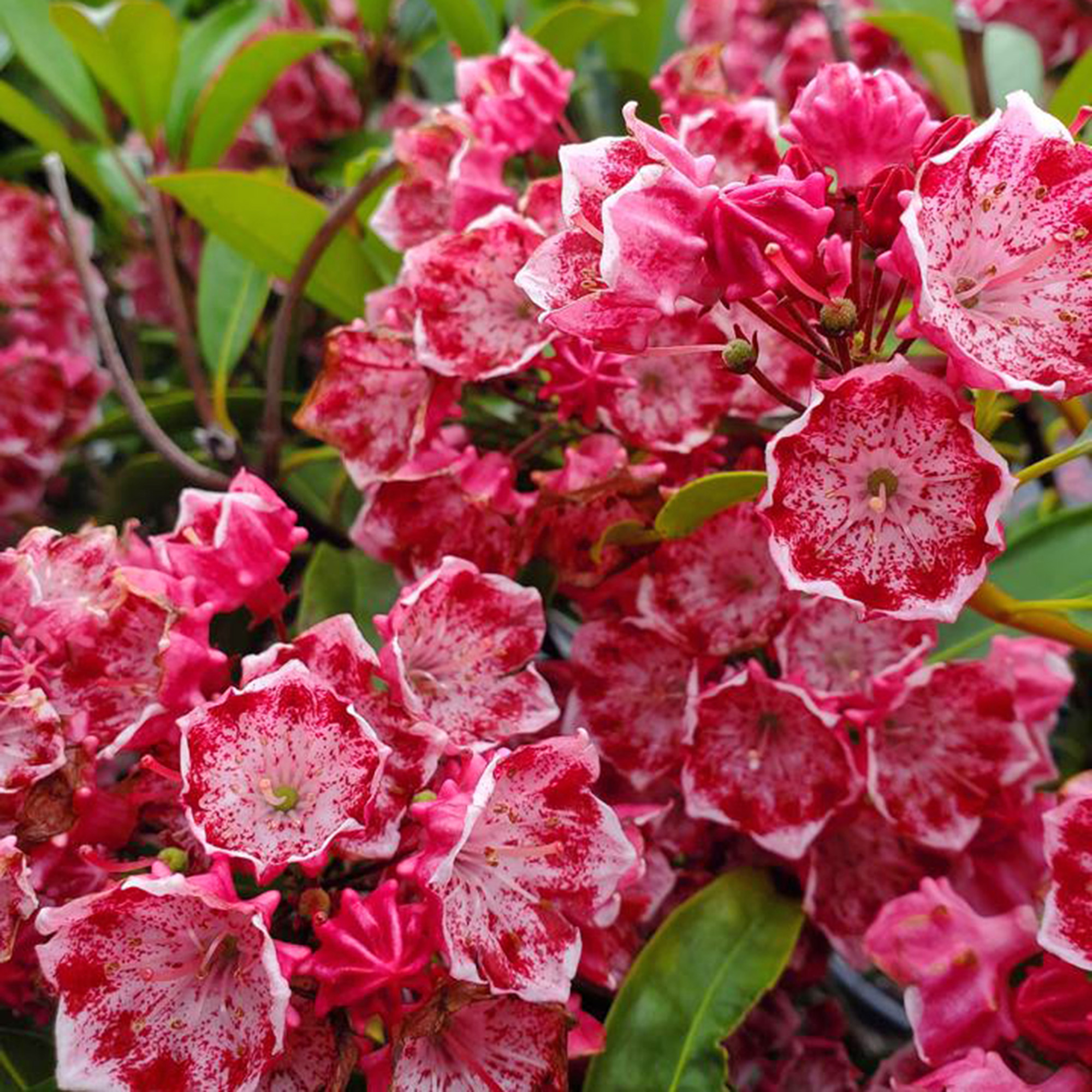
Browse our handpicked selection of stunning shrubs and perennials that are sure to be stand-out performers in New England gardens.
New England’s Weather in April
New England may be small in comparison to other regions of the US. Still, its six states (Connecticut, Maine, Massachusetts, New Hampshire, Rhode Island, and Vermont) include four USDA hardiness zones, from zone 4 in northern Maine to zone 7 along the Connecticut coastline. Because of this, frost-free garden planting comes to southern New England much sooner than it does in Maine’s farthest reaches. Knowing your particular USDA zone is key for when you can plant the popular summer-loving vegetables and flowers like tomatoes and petunias.
Your region’s last frost date is important gardening information as well. It’s the average last day in spring on which a frost has occurred. That doesn’t mean you won’t experience a frost after that date, but the likelihood of it happening is much lower.
Generally speaking, April’s weather across the region can be summarized as:
- Southern New England: By mid-April, daytime temperatures are routinely range from mid-50°F to low-60°F, with infrequent nighttime temperatures dipping below freezing. Spring rains make for soggy cool soils in April.
- Central and Northern New England: Spring is slow to catch on in this area, with daytime temperatures ranging from 40°F to low 50°F, with more risk of nighttime frost than their southern neighbors. The ground is still quite cold through the month.
- Western Connecticut and Massachusetts: These hilly regions are cooler than the coast but warmer than those to the north. The danger of frost is gone by mid to late April, and the ground is just warm enough to plant cool-season crops.
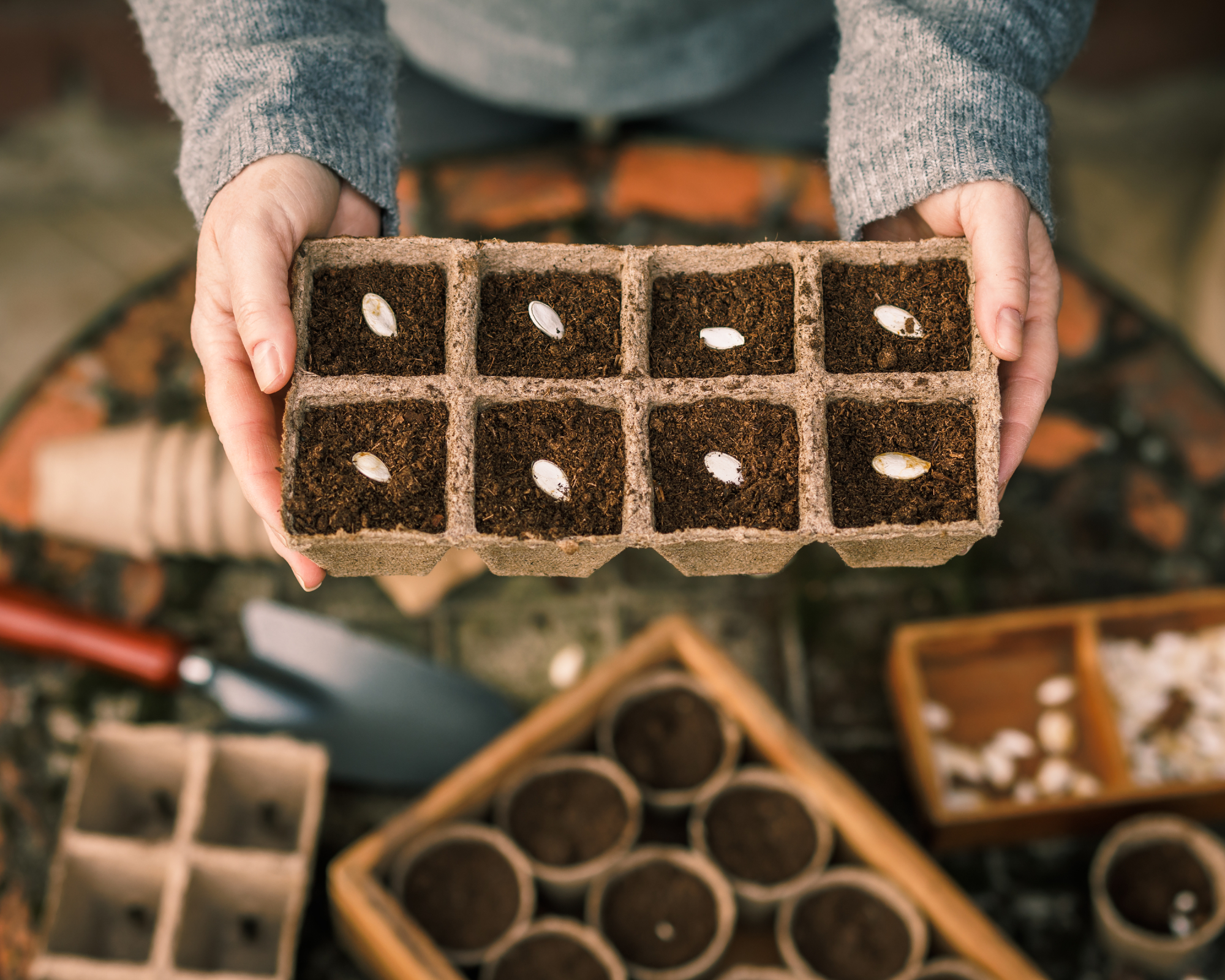
A Note About Soils
In April New England’s sandy to rocky loam soils are cold and soggy, even muddy to heavy due to melting snow and spring rain. In-ground gardens need to dry out a bit before planting; otherwise, the working of the soil can cause compaction, and reduce aeration and drainage.
Test the readiness of your soil by grabbing a handful of it and squeezing it into a ball. If the soil remains in a ball as you release your grip, it’s still too wet for working and planting. If it falls apart, you’re able to till the ground and start planting.
Gardening tips, videos, info and more delivered right to your inbox!
Sign up for the Gardening Know How newsletter today and receive a free copy of our e-book "How to Grow Delicious Tomatoes".
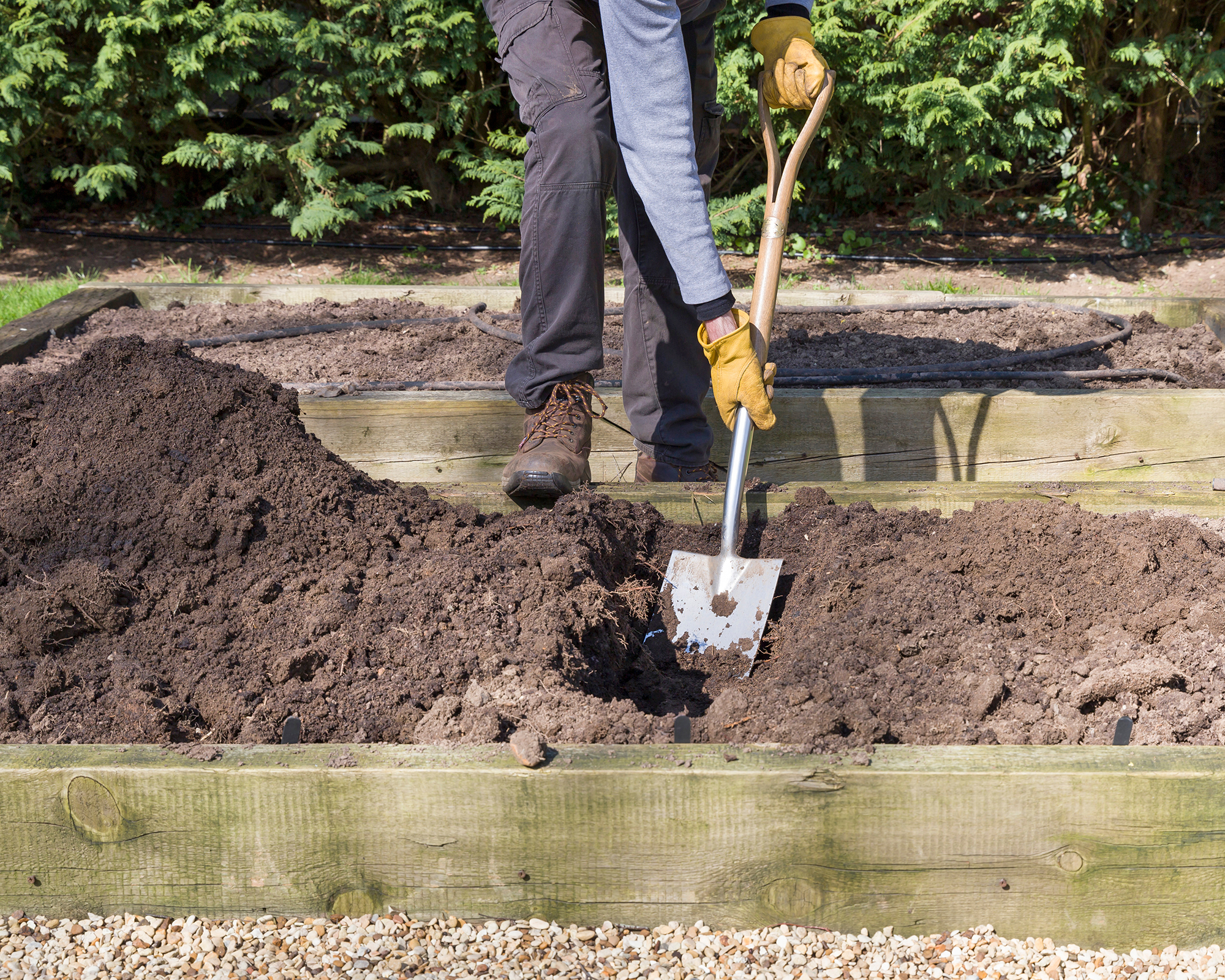
Vegetables and Herbs to Plant in April
Once your soil is no longer cold and is dry enough to be tilled, you can start direct-sowing seeds of some crops into your garden. Alternatively, soils in raised beds tend to warm up and drain excess water sooner than in-ground gardens. The following vegetables and herbs do well in the cooler weather of early spring and on through the season. Sow seeds or plant as seedlings where available:
- Beets
- Broccoli
- Brussels sprouts
- Cabbage
- Carrots
- Cauliflower
- Chives
- Cilantro
- Kale
- Kohlrabi
- Lettuces
- Oregano
- Parsley
- Peas
- Potatoes
- Radishes
- Sage
- Spinach
- Thyme
It’s still too cool to plant summer heat-loving crops outdoors. However, starting seeds indoors in April will ensure they are a plantable size by mid- to late-May when summer weather is here to stay. These crops include:
The Gardening Know How Shop offers a range of seed-starting essentials – including seedling trays, lids, and growing kits. Alternatively, choose from our curated collection of seeds and add something new to your gardens this year.
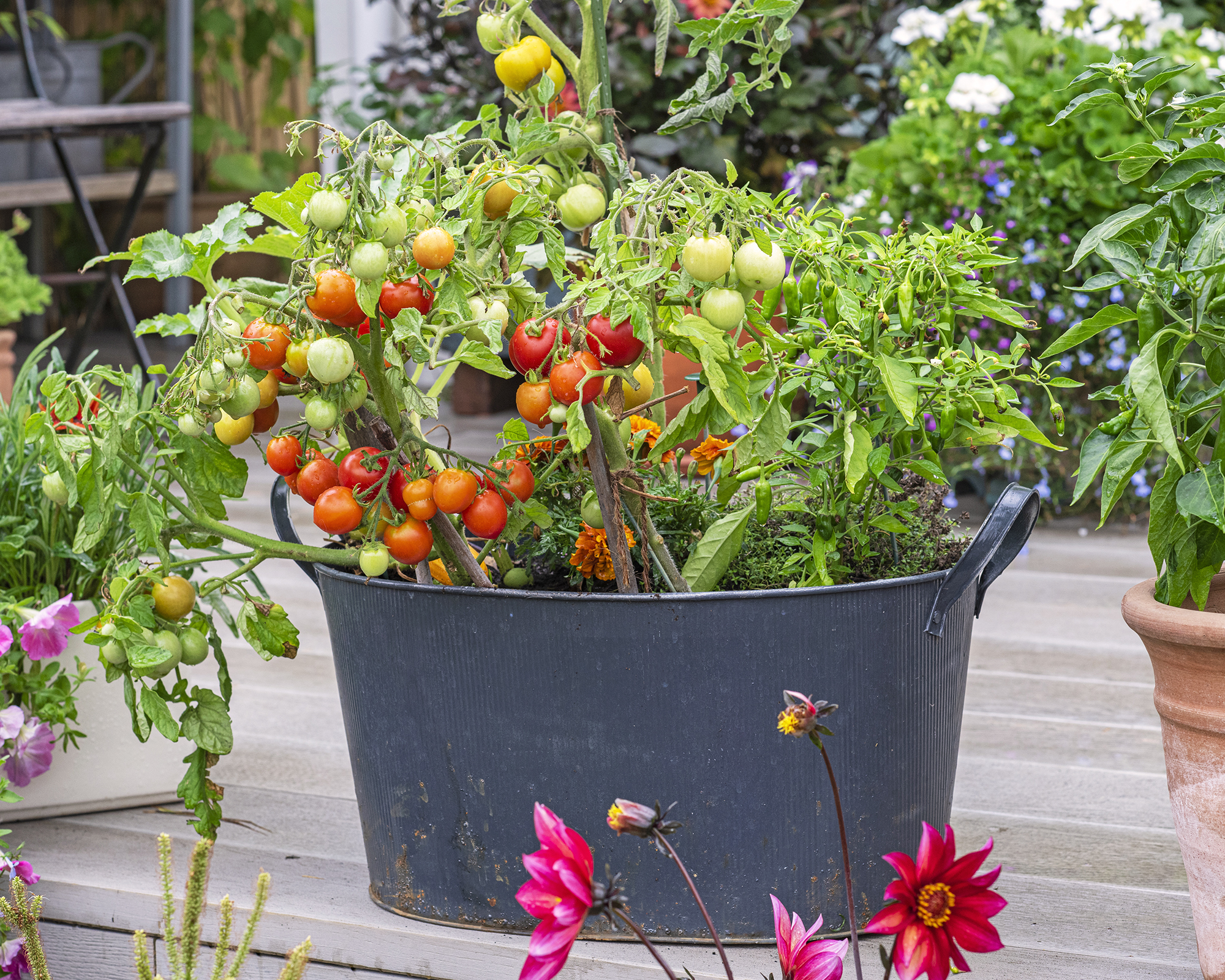
Flowers and Ornamentals to Plant in April
April is still too early for the tender annuals that define summer gardens. However, a few perennials and annual flowers are hardy enough to take the cool spring weather. You’ll find the following to be colorful additions to an awakening spring landscape:
April is also the time to plant poppy seeds in your flower beds. Poppies are difficult to transplant, so scatter-sowing their seeds in early April is the best way to enjoy their beautiful blooms in summer. There are many varieties to choose from, but Hungarian Blue Poppy, available in the Shop, is perhaps the most stunning.
There’s still time to start seeds of summer-flowering annuals indoors. If sown now, crops such as marigolds, zinnias, sunflowers, and cosmos will be big enough to plant outside when warmer weather arrives.
The Shop has a wide variety of flower seeds for both annuals and perennials, including a collection of flowers used in natural remedies and a sunning zinnias for cutting collection.
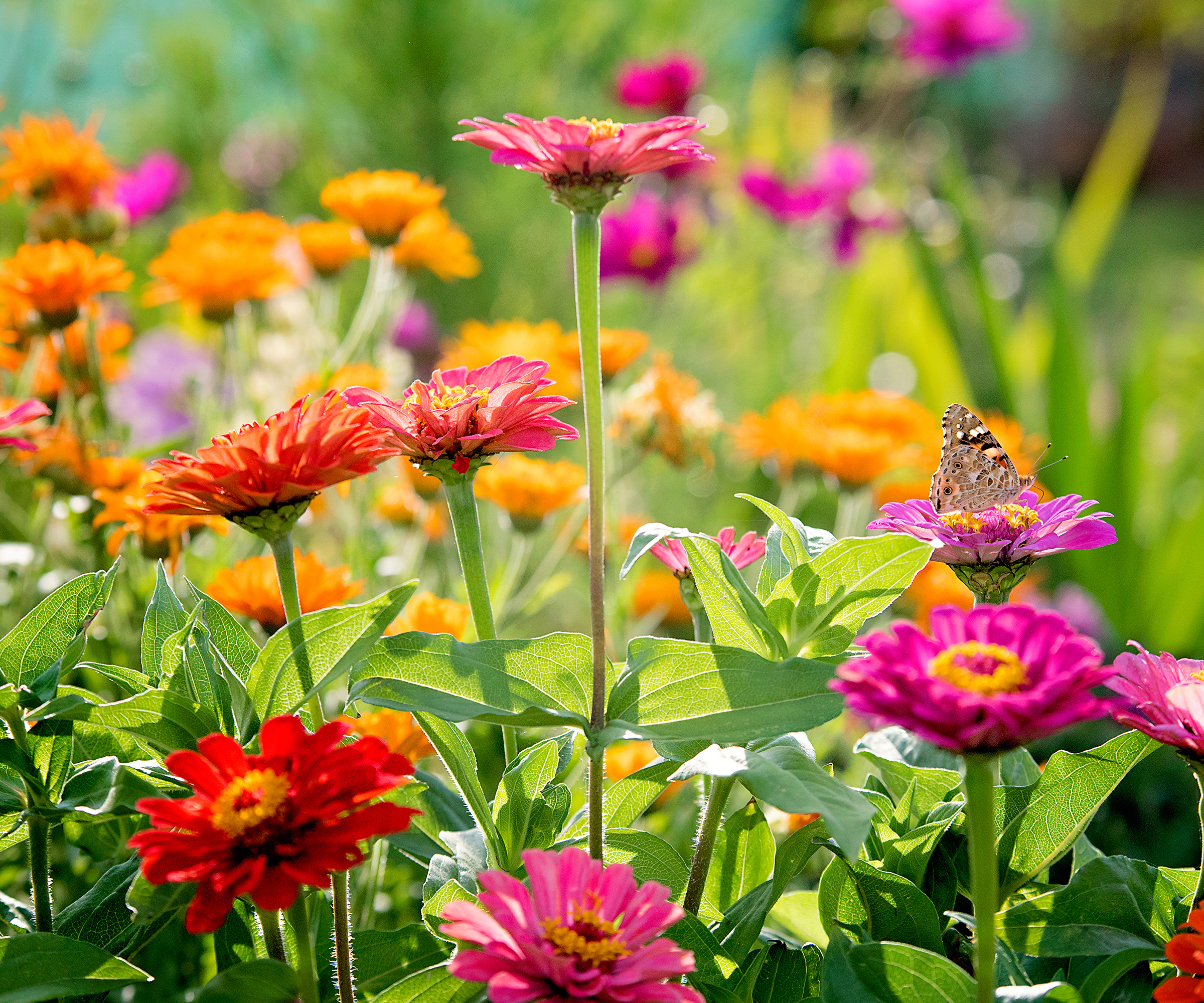
Fruits and Berries
April’s sunny yet mild days and cool nights are just the conditions for planting nutritious fruits and berries.
- Strawberries: Plant bare-root strawberry plants in April to establish their roots before blooming and fruiting begin.
- Blueberry, raspberry, and other fruit bushes: Planting now gives them time to settle in before the season’s growth occurs.
- Apple trees: Apples require well-draining soil and plenty of light. Choose varieties that can handle cooler New England weather. Plant different varieties or within range of a crabapple to ensure cross-pollination. Protect young trees from nibbling deer and other wildlife.
Why not include a fruit not readily found at your local grocery store? Try your hand at keeping a gooseberry or currant bush in your yard this year. Both include varieties suitable for New England climates. Plus, currants do well in partial sun, so they would be a nice addition to an understory garden.
The Gardening Know How Shop has a berry bush for every taste. Look through the shop’s collection of fruiting shrubs.
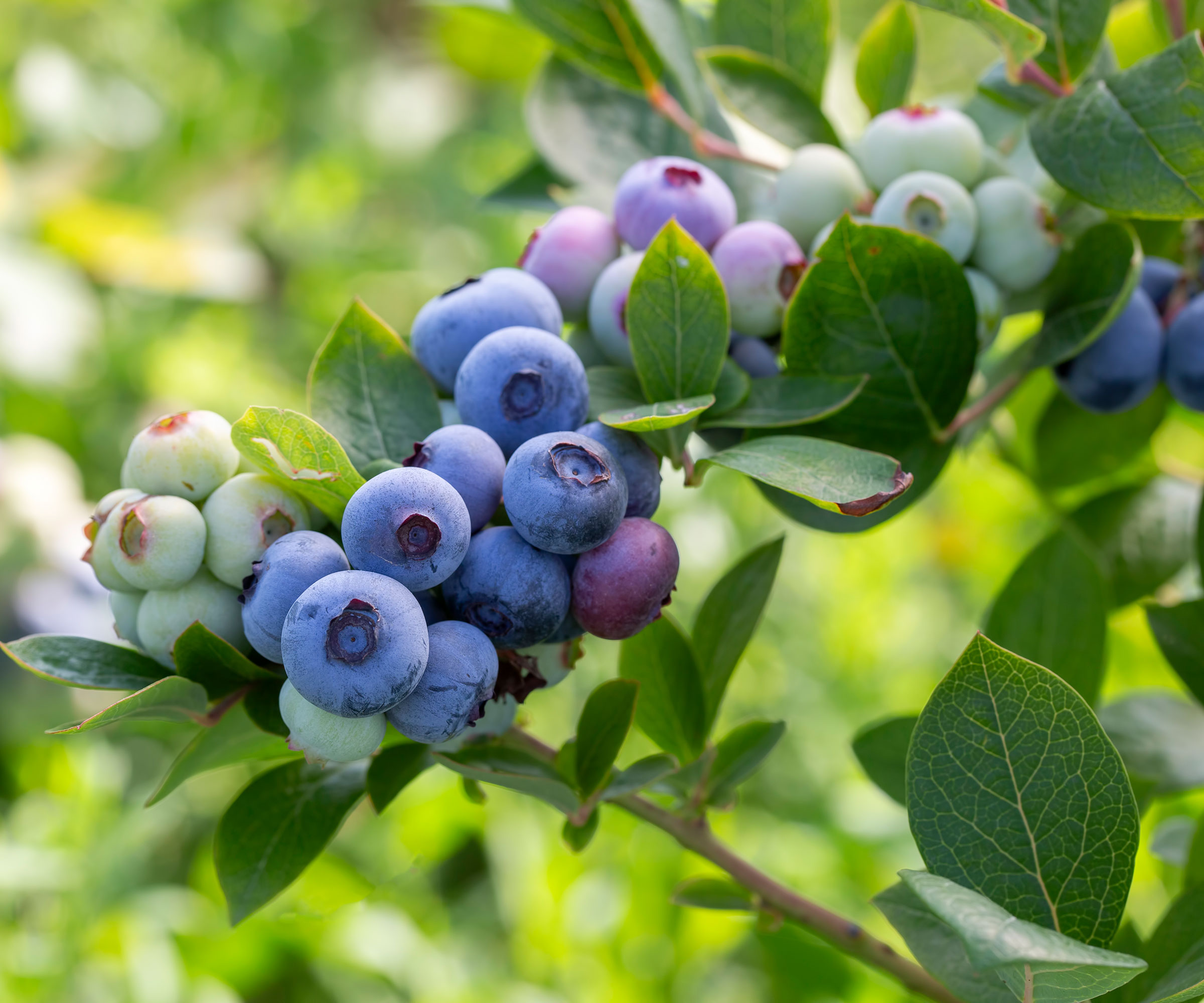
Tips for Gardening in New England in April
Make the most of your time in the April garden. Here are a few tasks to keep you ahead of the growing season.
- Test Your Soil
A soil test can help you determine what nutrients are in your soil, identifying its deficiencies and excesses. Your state university’s extension service can conduct the test to determine levels of phosphorus, potassium, calcium, magnesium, sulfur, micronutrients, and the presence of contaminants such as lead. At-home soil testing kits are also available. - Weed and Mulch Your Beds
If your soil is still moist (but not wet!), weeds will pull up easily. Clear out as many weeds as you can and then apply a 2-3 inch layer of mulch, even if you haven’t planted yet. The mulch will help control weeds and retain moisture throughout the season. - Protect New Plantings From Frost
Pay attention to the weather! If a freezing night is predicted, use row covers or cover with light blankets. Or create your own DIY cloche. - Protect Plants From Pests
Pests emerge and swarm on warm days. Use insect covers where possible to protect seedlings from chewing insects. Slugs are also a nuisance in the moist conditions of spring. Apply rings of diatomaceous earth or gravel around plantings to keep them away. - Get Your Tools Together
If you didn’t get to it in the fall, now’s the time to clean your hand tools for the growing season ahead. Learn about the 10 essential gardening tools you’ll need for your new garden. Need to replace an old trowel or broken pruner? Find the tools you need in Gardening Know How’s curated tool collection.
The April garden is full of such potential! Take a moment to appreciate the seasonal changes that are about to happen.
More Growing Inspiration
- As well as our recommended plants for April you can also grow our New England plants for March.
- Discover the 10 flower seeds to Sow in April for endless blooms through summer and fall.
- Get sowing outdoors and inside with these 7 best vegetables to plant in April for a bumper summer harvest.
- Sign up for the Gardening Know Newsletter to receive growing tips and exclusive offers straight to your inbox.
This article features products available from third party vendors on the Gardening Know How Shop.

Ellen Wells is a horticultural communications consultant with 30 years of experience writing about all aspects of the gardening world.
She has worked for many of horticulture’s biggest brand names, writing blog posts, articles, press releases, and design and instructional pieces. Her previous roles include Senior Editor and Editor-at-Large for Ball Publishing.
Ellen is based in New England where she gardens in Zone 7a. She loves tending to flower-filled containers on the patio and puttering around her vegetable garden.
-
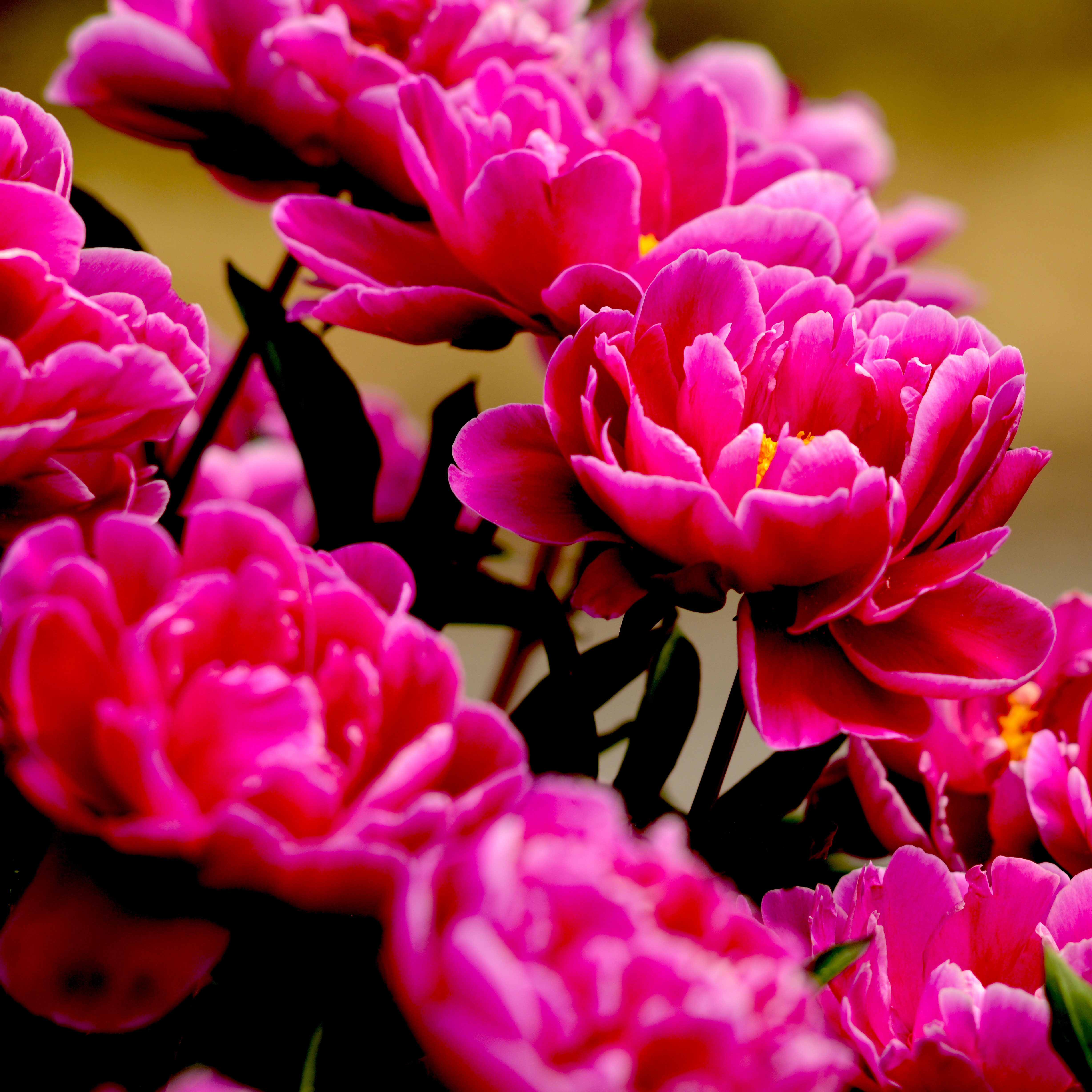 Grow ‘Karl Rosenfield’ Peony Plants For The Ultimate Frilly Border Beauties And Cut Flowers
Grow ‘Karl Rosenfield’ Peony Plants For The Ultimate Frilly Border Beauties And Cut FlowersFor frilly double magenta peony petals infused with a heady fragrance, grow ‘Karl Rosenfield’ peony plants. Here’s how to cultivate the ultimate plushy blooms
By Tonya Barnett
-
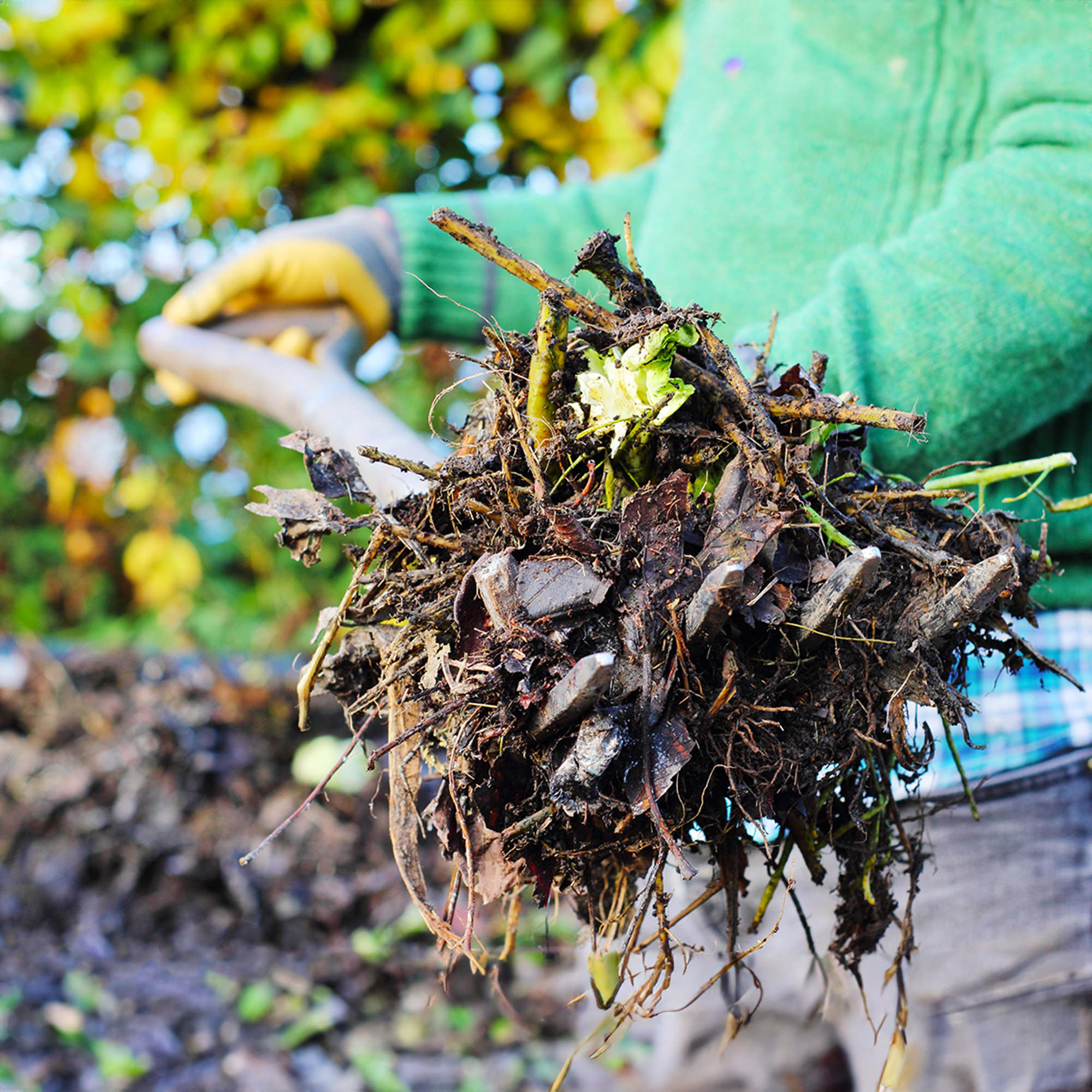 10 Common Composting Problems That Can Spoil Your Garden Gold – Plus Easy Fixes
10 Common Composting Problems That Can Spoil Your Garden Gold – Plus Easy FixesLearn how to troubleshoot common composting issues before they ruin your stash – from bad smells and bugs to materials not breaking down as they should.
By Susan Albert